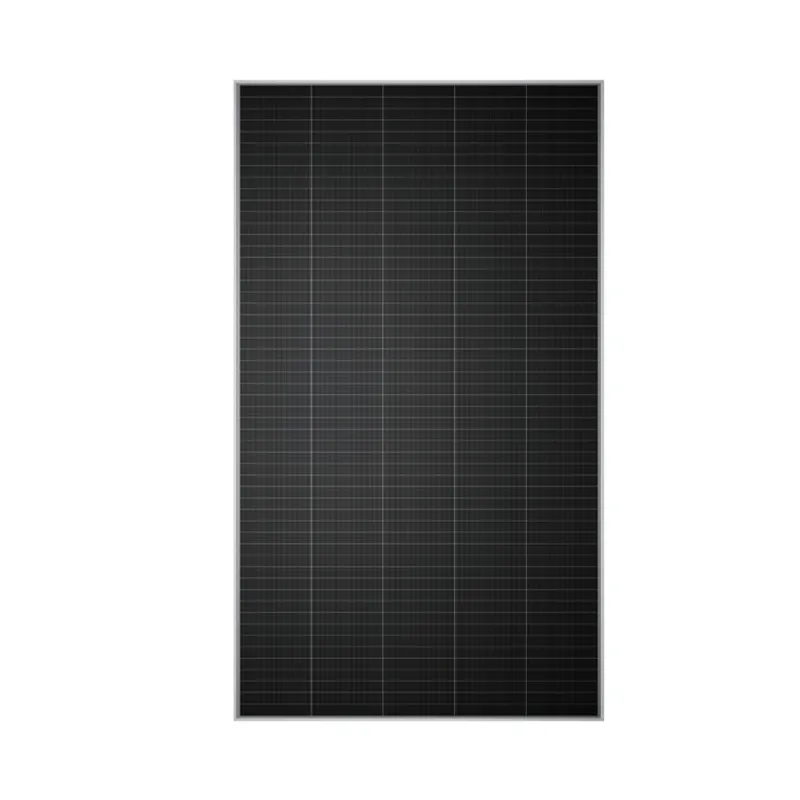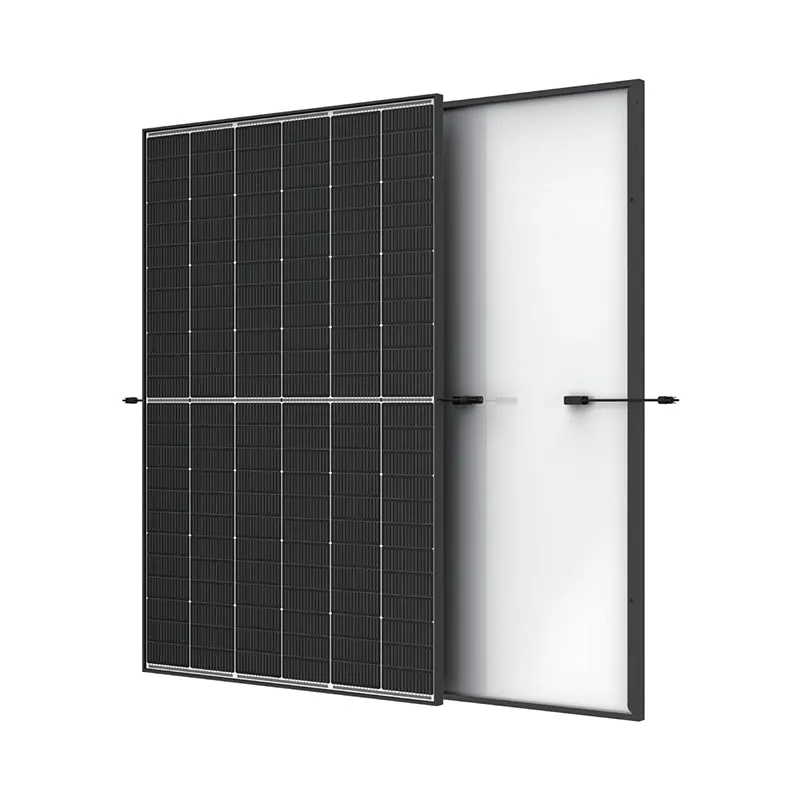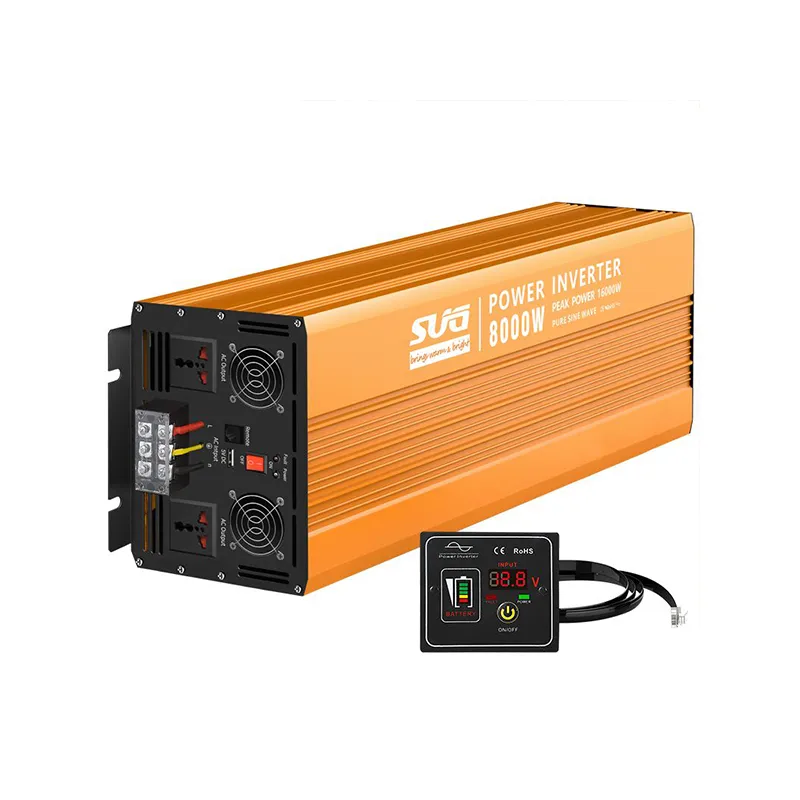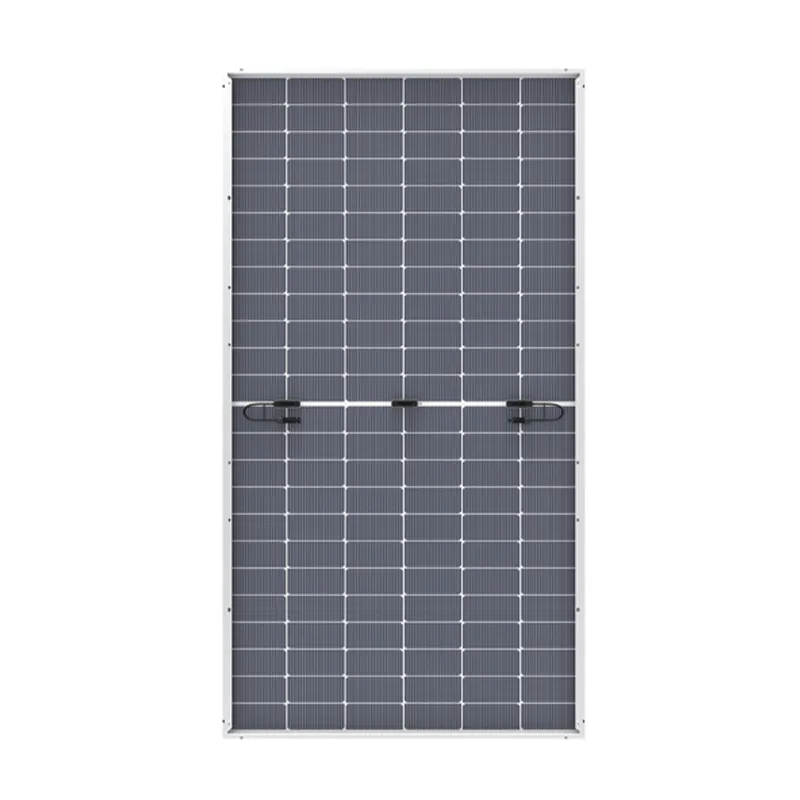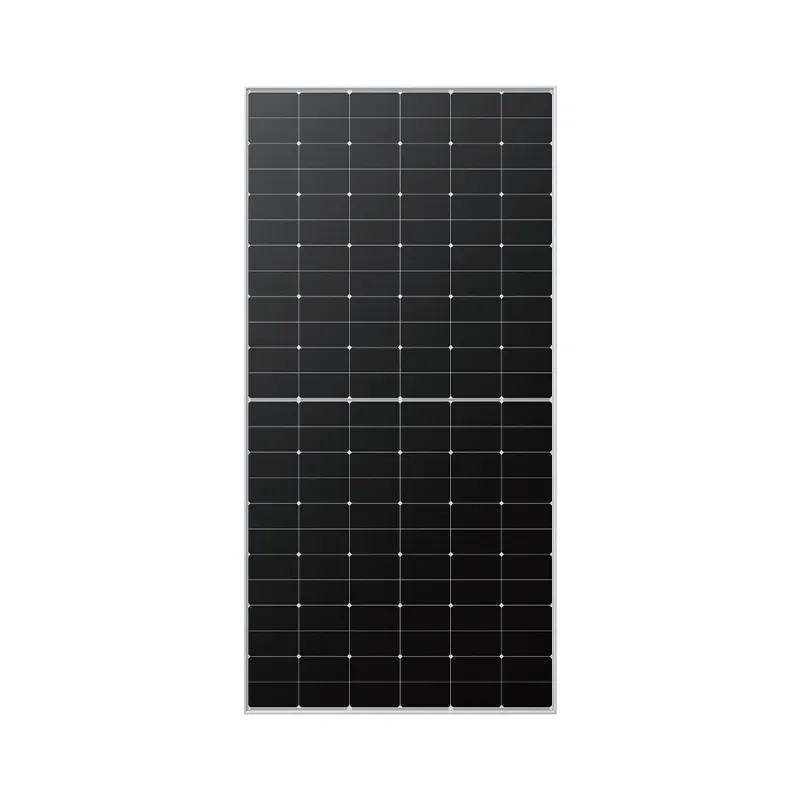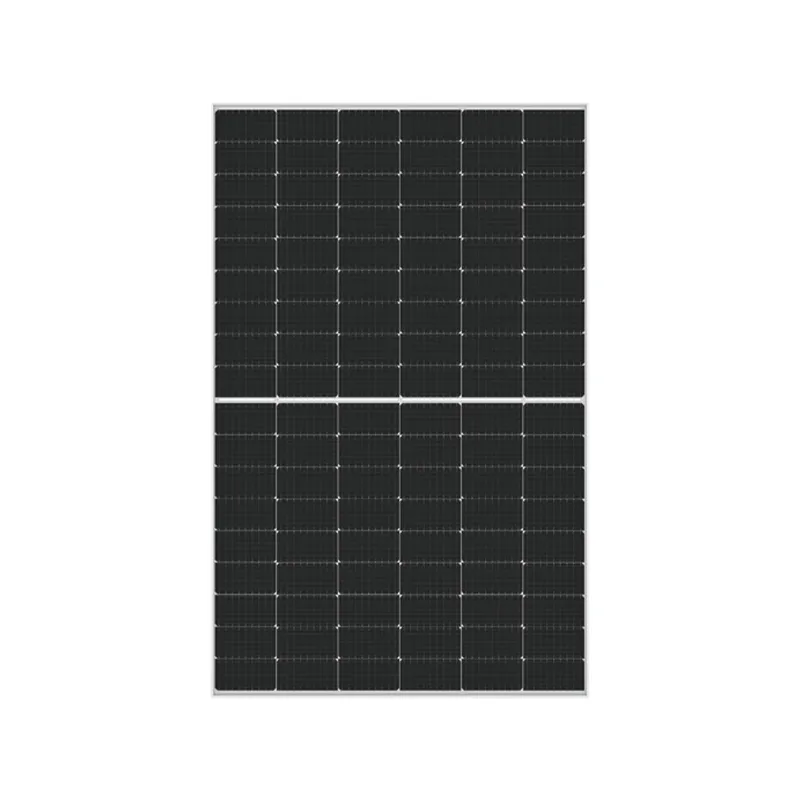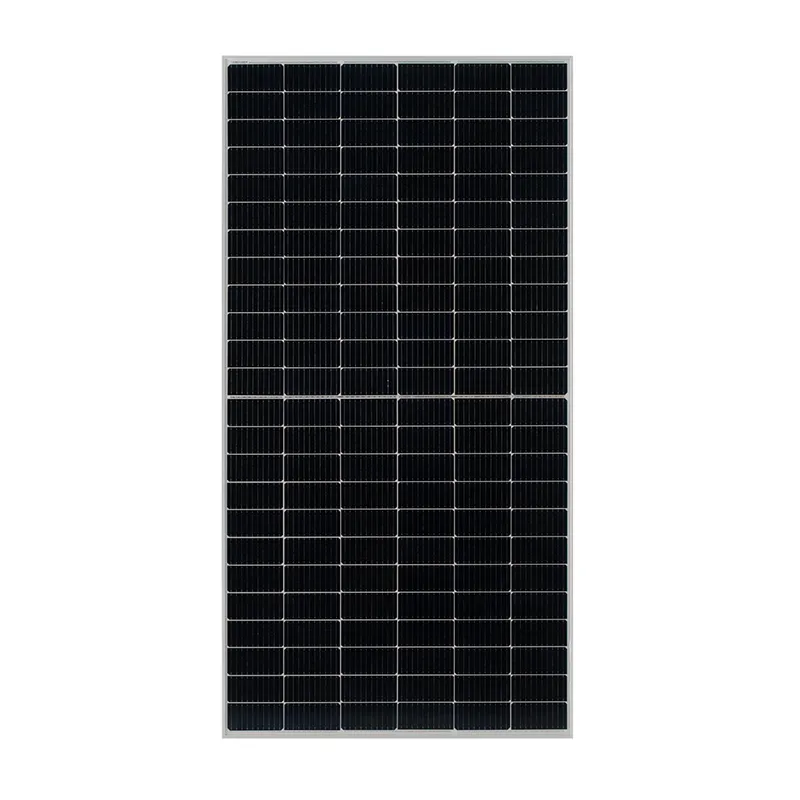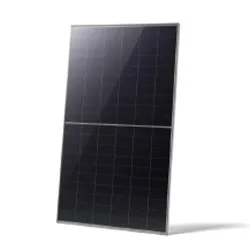300 Watt Solar Panel Dimensions & Size Guide – Efficient & Compact Solution
- Introduction to the dimensions of 300 watt solar panel
and market significance - Detailed specifications and size breakdown (including 300 watt solar panel size in feet)
- Key technological advantages of modern 300 watt solar panels
- Comparative analysis of major manufacturers
- Customization options and considerations for varying needs
- Prominent real-world application case studies and results
- Conclusion: Why understanding the dimensions of 300 watt solar panel is crucial for optimal solar energy deployment
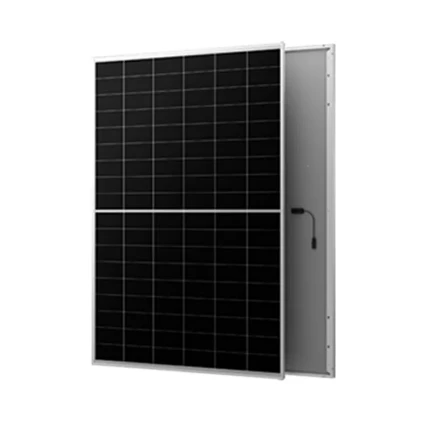
(dimensions of 300 watt solar panel)
Introduction to the Dimensions of 300 Watt Solar Panel: Market Landscape and Significance
The dimensions of 300 watt solar panel are a critical specification for residential, commercial, and off-grid solar projects across the globe. As the appetite for efficient, high-output renewable energy solutions accelerates, the 300 watt solar panel has emerged as a go-to product for those seeking an advantageous balance of power output and manageable size. Not only do these panels feature prominently in distributed energy systems, but they also serve a pivotal role in the rapid expansion of solar adoption in both developed and developing regions. This article presents a deep dive into the precise dimensions, size variations, technological merits, manufacturer comparison, and practical deployment scenarios—each vital for making informed investment decisions in today’s dynamic solar market.
Standard Specifications and Dimensions: Decoding 300 Watt Solar Panel Size in Feet
The specification sheet of a 300 watt solar panel typically lists detailed physical and electrical parameters. Most commonly, these panels are built using either monocrystalline or polycrystalline solar cells, arranged in standardized arrays for maximum efficiency. When discussing the 300 watt solar panel size in feet, industry benchmarks are critical to ensuring compatibility with racking systems, site constraints, and output targets.
- Typical Dimensions (metric): 164–170 cm (length) x 99–102 cm (width) x 3.5–4 cm (depth)
- Dimensions in Feet: 5.38–5.58 ft (length) x 3.25–3.35 ft (width) x 0.13–0.16 ft (depth)
- Weight Range: 18–23 kg (39.7–50.7 lbs)
- Cell Configuration: 60 to 72 cells, depending on brand and model
Variations in dimensions arise from differences in manufacturing processes and cell layouts. Accurate measurement is essential for maximizing roof utilization or mounting efficiency in large-scale array designs. The compact yet powerful format of the 300 watt panel facilitates cost-effective installation and streamlined transport logistics.
Technical Advantages of Advanced 300 Watt Solar Panel Designs
The evolution of the 300 watt solar panel is marked by significant leaps in efficiency, durability, and power density. Modern manufacturing integrates PERC (Passivated Emitter and Rear Cell), multi-busbar, and half-cut cell technologies to boost real-world performance even under challenging environmental conditions.
- High Conversion Efficiencies: State-of-the-art 300 W panels now routinely exceed 19.5–21% module efficiency.
- Enhanced Low-Light Response: Grade-A silicon and surface texturing sustain output during early morning, dusk, or overcast conditions.
- Robust Weather Resistance: Frames and junction boxes are IP65/IP67 rated for outstanding moisture and dust protection, with wind load endurance often rated above 2400 Pa and snow load exceeding 5400 Pa.
- Longer Product Lifespans: Backed by 12–25 year linear power warranties, these panels offer predictable, reliable returns on investment.
Integrating these technological advantages ensures that the investor receives not only a physically manageable product in terms of size but also top-tier durability and output.
Manufacturer Showdown: Comparative Data on Leading 300 Watt Solar Panels
Not all 300 watt solar panels are created equal. Below is a comparative matrix summarizing data from three industry-leading brands:
| Manufacturer | Model | Technology | Dimensions (L x W x D, inches) | Area (ft²) | Panel Efficiency (%) | Weight (lbs) | Warranty (Years) |
|---|---|---|---|---|---|---|---|
| JinkoSolar | JKM300M-60 | Mono-PERC | 65.0 x 39.3 x 1.38 | 17.8 | 19.22 | 41.9 | 12/25 (Product/Performance) |
| Canadian Solar | CS6K-300MS | Mono | 65.0 x 39.1 x 1.57 | 17.7 | 18.33 | 40.8 | 10/25 |
| LONGi Solar | LR6-60PE-300M | PERC Mono | 65.0 x 39.0 x 1.38 | 17.6 | 19.00 | 41.9 | 12/25 |
These data points highlight subtle but significant differences in efficiency, structural dimensions, and warranty offerings, each impacting the total system design and long-term project yield.
Tailored 300 Watt Panel Configurations: Custom Solutions for Specific Needs
In practice, not all installations benefit from an off-the-shelf configuration. Customizing the dimensions and electrical output of a 300 watt solar panel can yield superior outcomes for industrial rooftops, off-grid telecommunications, or residential retrofits with unique space requirements.
- Size Adjustments: Manufacturers can tailor panel lengths or widths to fit confined urban roof spaces or mounting structures on vehicles and agricultural equipment.
- Electrical Optimizations: Custom busbar layouts and bypass diode integration enhance performance in partial shading or high-temperature conditions.
- Material Upgrades: Choice of frame alloys, anti-reflective coatings, and glass thickness impact weight and durability—critical in mobile or extreme-weather settings.
- Special Certifications: Custom panels can be engineered to comply with UL, IEC, or specific fire-safety standards for sensitive project environments.
The flexibility in size and configuration not only widens the potential application range for 300 watt panels but also increases return on investment by adapting technology to real-world constraints.
Real-World Deployments: Application Cases and Performance Insights
Hundreds of thousands of 300 watt solar panels are now active across a spectrum of applications. Key installations exemplify their versatility, spatial efficiency, and cost-effectiveness.
- Commercial Rooftop Arrays: In a California logistics park, an array of 1,500 units (300W x 1,500 = 450kW) provided over 800,000 kWh annually, reducing grid reliance by 45% in the first year.
- Agricultural Pumping Systems: Rural installations in Maharashtra, India, harnessed 300W panels in compact racking, powering irrigation pumps and replacing diesel generators, yielding a 5-year payback and eliminating over 2,000 tons of CO₂ per annum.
- Off-Grid Telecom Towers: Remote South American relay stations utilized customized, slimline 300W modules for off-grid solar power, paired with lithium battery storage to ensure 99.7% uptime.
- Residential Retrofits: An Australian zero-energy home achieved net-positive status using 16 monocrystalline 300W panels (4.8 kW), saving roughly $1,200 annually in electricity costs.
These projects illustrate how the manageable dimensions and reliable power of the 300 watt solar panel translate into tangible benefits across sectors, from sustainability goals to direct cost savings.
Conclusion: The Strategic Importance of Understanding the Dimensions of 300 Watt Solar Panel
An in-depth grasp of the dimensions of 300 watt solar panel is indispensable for architects, system integrators, and solar investors targeting optimal system yield and seamless installation. Whether optimizing limited rooftop real estate, evaluating logistics for utility-scale arrays, or customizing panels for niche applications, accurate assessment of panel size, area, and weight informs every critical project decision. By diligently matching product selection to site, budget, and long-term performance goals, stakeholders harness the maximum value that modern 300 watt solar panel technology can deliver across today’s diverse energy landscape.
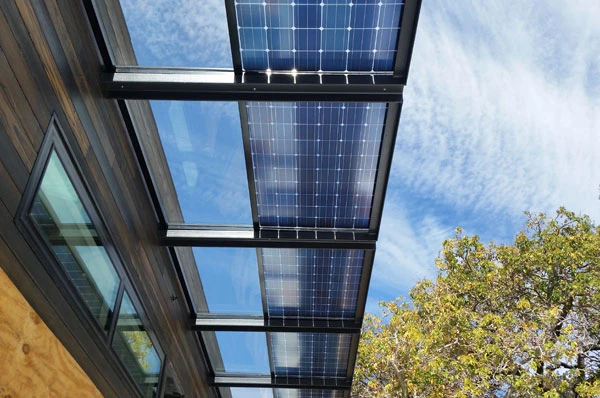
(dimensions of 300 watt solar panel)
FAQS on dimensions of 300 watt solar panel
Q: What are the typical dimensions of a 300 watt solar panel?
A: The dimensions of a 300 watt solar panel are usually around 65 inches by 39 inches (about 5.4 feet by 3.25 feet). These measurements can vary slightly between manufacturers.Q: How big is a 300 watt solar panel in feet?
A: A 300 watt solar panel typically measures about 5.4 feet long and 3.25 feet wide. This makes it suitable for both residential and commercial installations.Q: Are all 300 watt solar panel sizes the same?
A: While the power output is the same, the dimensions of 300 watt solar panels can differ slightly based on brand and design. Always check the specific product specifications before purchasing.Q: Can a 300 watt solar panel fit on a small rooftop?
A: A 300 watt solar panel, with its size of roughly 5.4 x 3.25 feet, can fit on most small rooftops. However, measure your available space carefully to ensure proper installation.Q: Why do the dimensions of 300 watt solar panels matter?
A: The size of a 300 watt solar panel affects how many you can install in a given area. Accurate dimensions help plan your solar array layout efficiently.-
Unlocking Energy Freedom with the Off Grid Solar InverterNewsJun.06,2025
-
Unlock More Solar Power with a High-Efficiency Bifacial Solar PanelNewsJun.06,2025
-
Power Your Future with High-Efficiency Monocrystalline Solar PanelsNewsJun.06,2025
-
Next-Gen Solar Power Starts with Micro Solar InvertersNewsJun.06,2025
-
Harnessing Peak Efficiency with the On Grid Solar InverterNewsJun.06,2025
-
Discover Unmatched Efficiency with the Latest String Solar InverterNewsJun.06,2025
